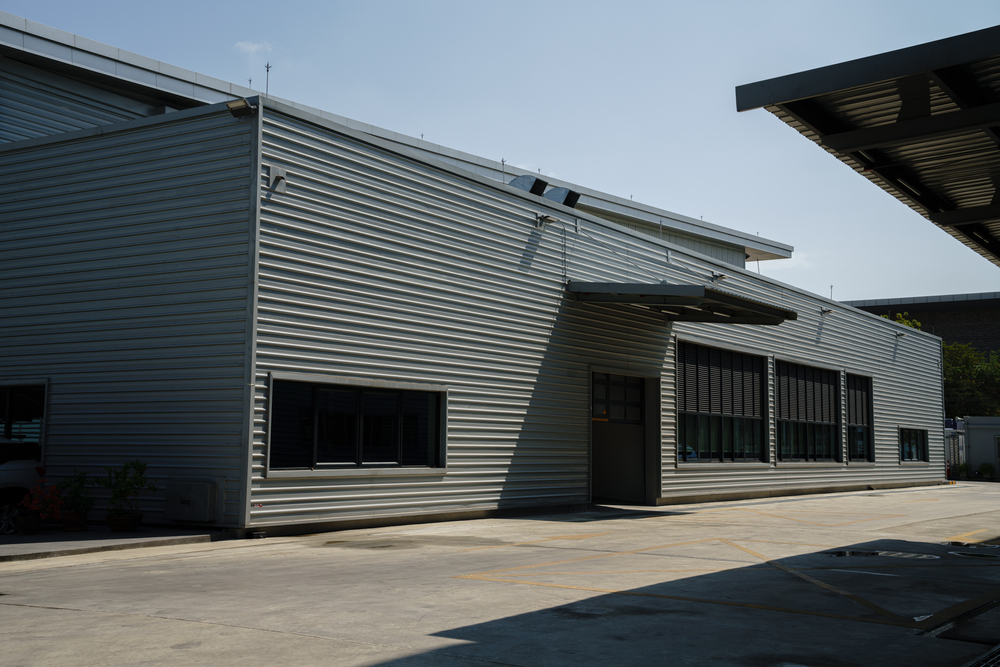To be sure, it’s self-evident that your steel structure will be substantial. Indeed, the building’s conventional dead load is 2.5 pounds per square foot. However, keep in mind that the weight is not spread equally across that square footage; rather, it is concentrated at very particular points of contact where structural beams connect to anchor bolts and eventually touch the foundation.
Assume that the weight of your 40′ x 60′ steel construction is concentrated on these footings. This is no easy task. Your concrete contractor that supplies the foundation slab or piers must be familiar with the loads imposed by your steel building’s specific snow load, intended use, and location. The manufacturer will supply the anchor bolt settings and reactions, often within 2-3 weeks of your building order.
Naturally, this is only the dead load.
Now, let us consider more variables. The term “live loads” refers to the forces acting on the structure. Depending on the purpose of your building, people will come and go, as will shelving, furniture, equipment, machines, and items. The term “live load” refers to anything exerting force on the structure of your building. The industry standard is 20 pounds per square foot. It’s comforting to know that the industry has exacting safety requirements to incorporate into the structure, frames, and walls and that the anchor bolt plans and foundation construction take these loads into account.
Not to be forgotten is the weather.
Apart from dead and live loads, wind speed loads have their own category. Wind speed load requirements are decided by your ZIP code and are also included in the metal building broker’s price and design software. Always verify specific code requirements with your local building department before placing your steel building order. “Some brokers are upfront about their pricing in order to educate the public on what to expect. They will take note of the snow and wind speed codes that the website’s pricing represents,” according to John Barber, president of Factory Steel Overstock. If it is unclear which ZIP codes will be priced, be prepared to provide your ZIP code when requesting a formal bid.

Wind load is determined by climate trends. It is distinguished by the fact that it will affect other areas of the building, not only the roof. The effects of wind on your steel structure will vary based on its design. The height of your building, the size, and quantity of big framed openings, as well as their location, will all be considered during the pre-engineering design process, as will your specific wind load requirements as specified by codes related to your ZIP. You want to ensure that your building is built to withstand winds ranging from zero to over 150 mph.
Finally, your metal building broker will inquire whether your building department has designated your building site as Exposure B or C. It is dependent on the natural windbreaks that your surroundings give. If your steel structure will be erected in a large open region vulnerable to wind, you will seek exposure C.
Understanding the loads on your steel building is critical because pricing is greatly influenced by them. Additionally, you’ll want to be able to make informed decisions when it comes to foundation selection. Your structure is just as strong as the base it is built on.
Get the best metal carports in the market today!
For more details about understanding loads and ways on how you can strengthen metal carports or buildings, feel free to contact Lion Carports at (336) 962-2809.

